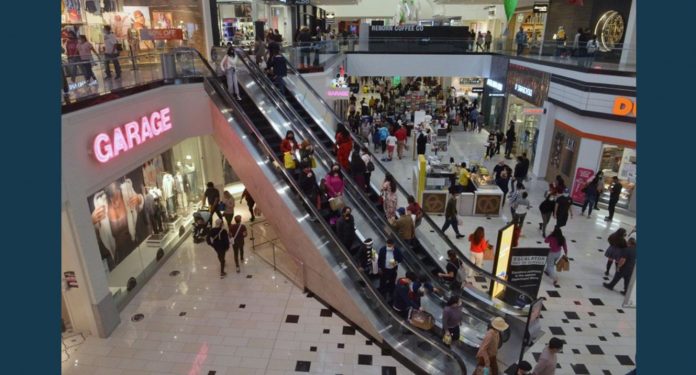
Oct. 28 (UPI) — Despite the ongoing economic pressures created by the COVID-19 pandemic, holiday retail sales are forecast to set a new record, growing by as much as 10.5% over last year, the National Retail Federation said Wednesday.
The NRF, the world’s largest retail trade association, said retail sales during November and December this year will grow between 8.5% and 10.5% over 2020’s sales during the same months. That represents between $843.4 billion and $859 billion in sales for the last two months of the year.
The NRF doesn’t include automobile, gas and restaurant sales in its holiday forecasting.
“There is considerable momentum heading into the holiday shopping season,” NRF President and CEO Matthew Shay said. “Consumers are in a very favorable position going into the last few months of the year as income is rising and household balance sheets have never been stronger. Retailers are making significant investments in their supply chains and spending heavily to ensure they have products on their shelves to meet this time of exceptional consumer demand.”
Last year realized an 8.2% growth over 2019, for $777.3 billion in sales, which also set a record despite fears that the pandemic would hurt retailers. Over the past five years, there’s been an average increase of 4.4%.
Like 2020, the NRF expects online and other non-store sales to see a boost among pandemic shoppers who may still be wary of crowded stores. These sales are expected to increase between 11% and 15% over 2020, for a total of between $218.3 billion and $226.2 billion in sales.
The NRF said that while e-commerce will remain important this years, more shoppers are expected to return to in-person shopping this year. American households may be looking to return to a more traditional holiday shopping experience with growing income and household wealth.
“The outlook for the holiday season looks very bright,” NRF Chief Economist Jack Kleinhenz said. “The unusual and beneficial position we find ourselves in is that households have increased spending vigorously throughout most of 2021 and remain with plenty of holiday purchasing power.”
“Pandemic-related supply chain disruptions have caused shortages of merchandise and most of this year’s inflationary pressure,” Kleinhenz said. “With the prospect of consumers seeking to shop early, inventories may be pulled down sooner and shortages may develop in the later weeks of the shopping season. However, if retailers can keep merchandise on the shelves and merchandise arrives before Christmas, it could be a stellar holiday sales season.”
The current seven-day moving average of cases (77,000) is about on par with this time last year (70,000), but while late 2020 was on an upswing in cases, the United States is currently dropping from a late-summer peak of about 161,000 daily cases, according to the Centers for Disease Control and Prevention.
However, a late surge in cases over the next two months could derail holiday spending, Kleinhenz said.





